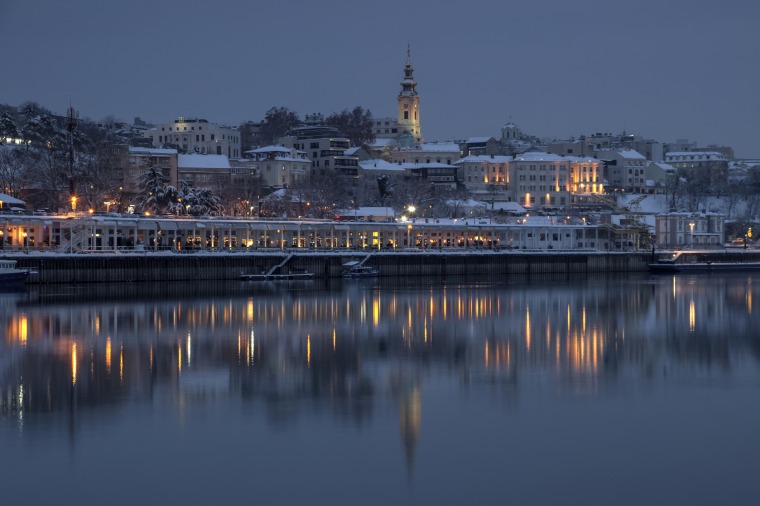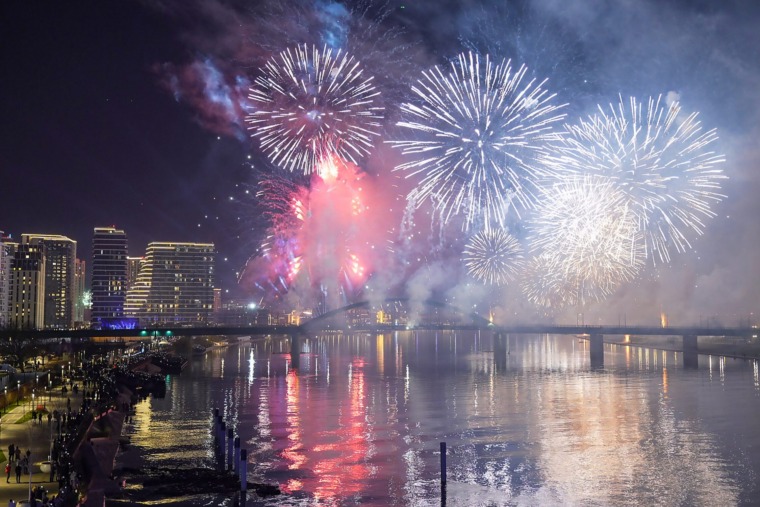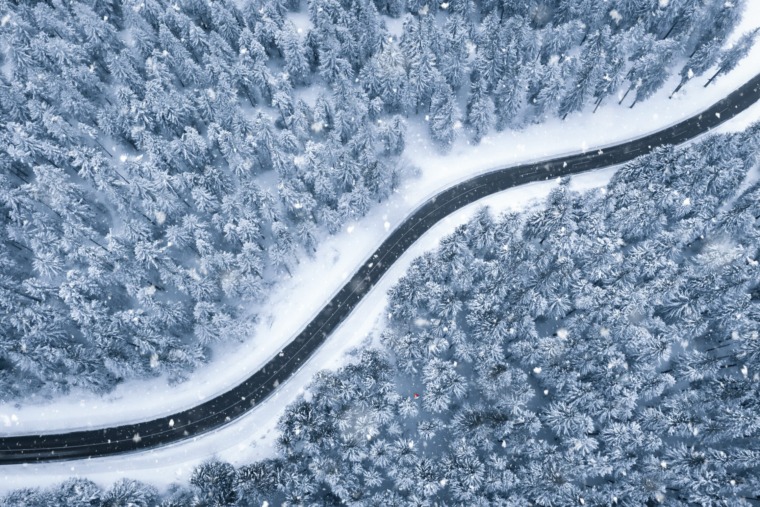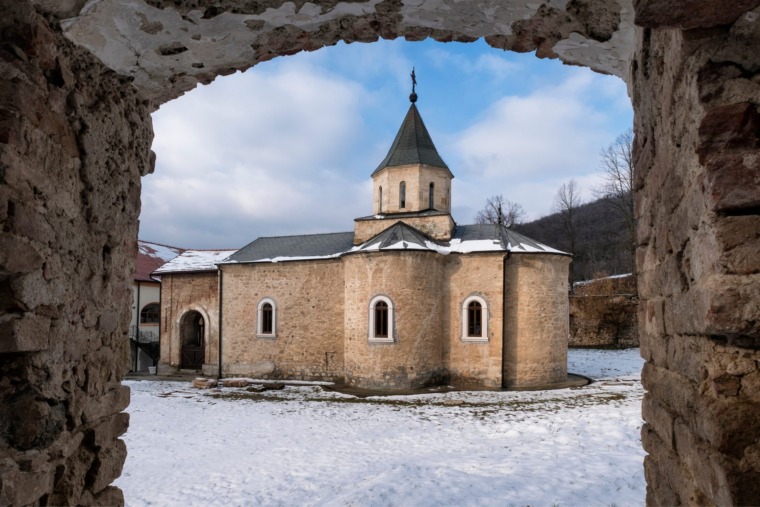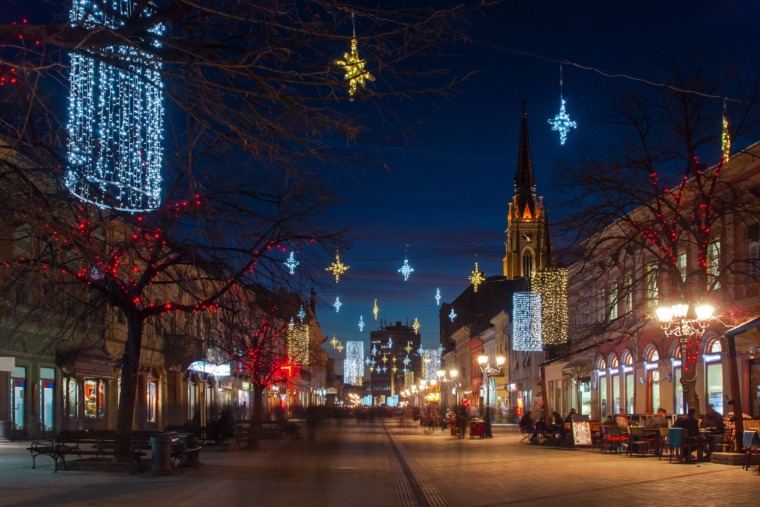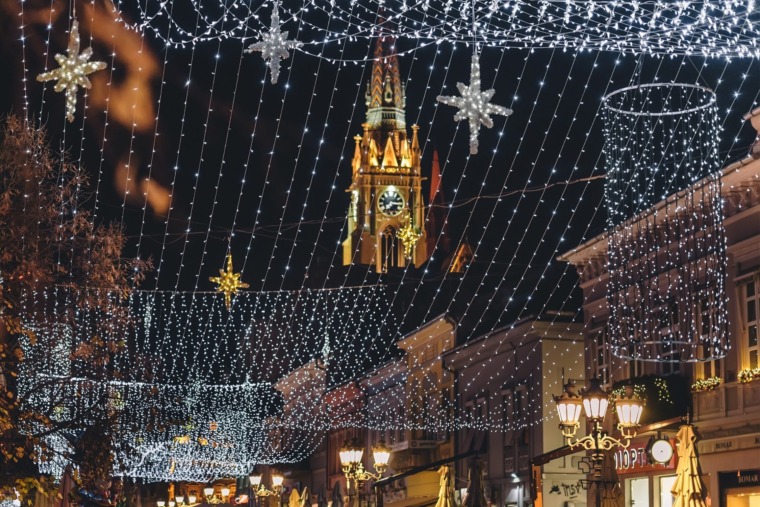

Frescoes in Serbian monasteries and churches, mostly works of unknown artists, represent some of the most beautiful works of art in the world.
From the first cave paintings to modern artistic expression, painting in Serbia had prominent representatives in every artistic style, while some of them entered the history of art. The most beautiful frescoes from monasteries and churches around the country are included in the UNESCO World Heritage Sites List, while the “White Angel“ of the Mileševa monastery frescoes was even inscribed on a 12-inch gold-plated copper disk that was sent to outer space.
The most beautiful achievements of Serbian medieval art can still be seen in numerous monasteries and churches around the country. The walls are decorated with frescoes which eternal and exceptional beauty will leave everyone breathless.
Serbian frescoes are considered some of the most beautiful and most important art works of the world cultural heritage. Numerous international organizations have recognized the uniqueness and value of these masterpieces. UNESCO has included the monasteries Sopoćani, Studenica, Dečani, the Patriarchate of Peć, Gračanica and the Church of Bogorodica Ljeviška in the World Heritage List.
The “White Angel” from the Mileševa monastery is the best known of all Serbian frescoes. This fresco was a part of the message that was sent to outer space describing the life on Earth. If you find yourself in Serbia, you shouldn’t miss the opportunity to see the stunning beauty and uniqueness of this masterpiece.
The most productive were the painters who painted historical compositions. At first without pathos and dynamics, historical painting started exceeding the anecdotal character in the works of Djura Jakšić, writer, painter and bohemian, whose work was influenced by Rembrandt.
The new, historical painting presented monumental, large-scale compositions. Their quality was confirmed by numerous awards that they won in major European art metropolises.
The works of the famous painter Paja Jovanović, “Seoba Srba” (The Migration of Serbs) and “Proglašenje srpskog carstva” (Crowning of Stefan Dušan), are considered to be some of the most representative and most beautiful Serbian paintings. The monumental painting “Furor Teutonicus” or “The Battle of the Teutoburg Forest” was seen the last time in 1909 in Salzburg after which it disappeared.
Serbia had some very important women painters. The Great Larousse encyclopedia declared the “Autoportreit” (“Self-portrait”) of Katarina Ivanović, the first paintress and academician in Serbia, a true masterpiece of the 19th century painting. Nadežda Petrović was also well known paintress.
In the memorial house of Milena Pavlović Barilli in Požarevac visitors can see some of the works of this famous paintress who gained fame in the United States and whose illustrations were published in Vogue and Harper’s Bazaar.
If you are visiting Serbia, you shouldn’t miss the opportunity to visit Kovačica, a little village in Vojvodina that is the center of naïve painting in Serbia.
Giant pumpkins and roosters, ducks pulling the heavenly chariots, peculiar stories inspired by legends and soul of the region, make this place look like from a fairy tale. Janko Brašić is considered to be the father of naïve painting in Serbia. This art had the biggest boom after the World War II.
Museums and galleries around Serbia are homes to some of the most beautiful art works. These cabinets of rarities are opened every day except on Mondays, awaiting you to discover the works of great masters.
Photo: commons.wikimedia.org
Related Articles


What to Do with Kids in Serbia: Family-Friendly Holiday Ideas
December 14, 2025
Winter Wine Escape: Serbia’s Most Beautiful Holiday Wineries
December 11, 2025